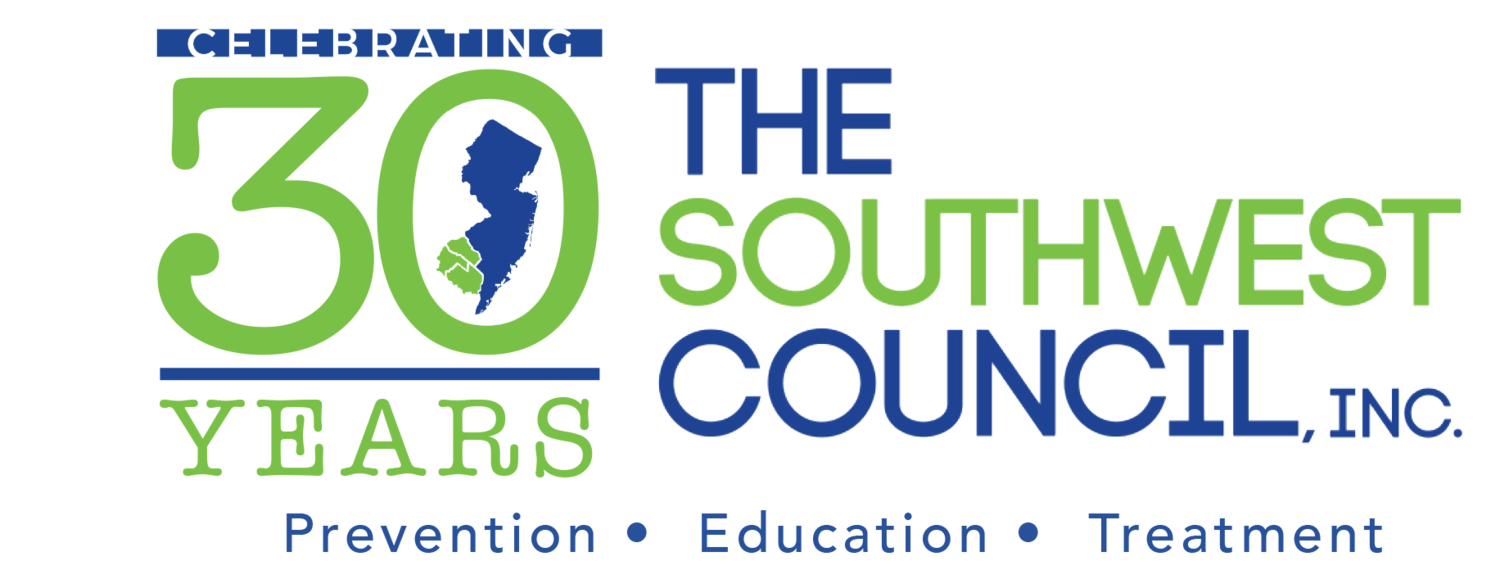by: Adrienne Davis
Have you ever been in a three-legged race? Essentially, two people fasten themselves together with their complementing left and right legs and attempt to run a race with the hindrance of their limited mobility. The jovial nature of the game encourages teamwork and communication. While the game is meant to be completed in short periods of time, imagine a world in which you are tied to the other person indefinitely. Now, you are relying on the other person to move, walk, work, function, and live. What was a fun backyard game has turned into a burden to living your daily life. This twilight zone scenario may seem to be an over-the-top question, but there are people who unconsciously live their lives this way. While they may not be physically attached at the hip, there is a phenomenon that intertwines people in their everyday lives. The concept of codependency ties people together both socially and emotionally.
Codependency refers to a relationship in which there is a behavioral and emotional dependence wherein one person is preoccupied and consumed by another. Someone who is codependent will ignore their own needs in favor of meeting the needs of another person. While codependency is not in and of itself classified as a personality disorder by the DSM-5, it is an overlapping component of several personality disorders such as Borderline Personality Disorder (BPD) and Dependent Personality Disorder (DPD). An individual exhibiting codependent tendencies may display moments of denial, compliance, low self-esteem, and avoidance. They may deny or minimize their own feelings in order to cater to another person. Someone with codependency could be self-deprecating, have difficulty making decisions, or consider themselves unworthy compared to others. Loyalty to the point of shunning their own morals and values in favor of defending the other person is a common occurrence. Lacking boundaries, codependents avoid the reality that the other individual is capable of being independent and offers unsolicited advice.
Codependent relationships come in many forms but can add another layer of toxicity when substance abuse is involved. Addiction plays a large part in the intricacies of codependency and can lead to the mutual destruction of both the addicted individual and their codependent counterpart. Substance abuse refers to the chemical and physical need for drugs like alcohol or opioids. An individual who is experiencing substance abuse can run the risk of damaging or severing relationships outside of their codependent relationship. Codependency could also lead to the addicted person delaying their treatment in order to adhere to the codependent individual who is, unwittingly, relying on their addiction to maintain the essence of their dynamic.
How can we break the cycle? The first step to being released from the harmfulness of codependent relationships is becoming aware. Recognizing the signs of what makes an individual codependent can help to break these patterns. Next, individuals should recognize their value and rearrange their relationships. Setting physical, emotional, and financial boundaries with the other person reestablishes the parameters of the codependent relationship. Lastly, a person should seek help if they find themselves in this toxic pattern. Therapy and treatment for both codependency and substance abuse could lead to healthier relationships. Agencies such as the Substance Abuse and Mental Health Services Administration (SAMHSA) https://www.samhsa.gov/ and Southwest Council, Inc. https://www.southwestcouncil.org/ offer resources, treatment, and services for these concerns.
https://americanaddictioncenters.org/rehab-guide/codependent-relationship
https://dualdiagnosis.org/codependency-substance-abuse/
https://www.recovery.org/four-steps-to-break-the-shackles-of-codependency/





